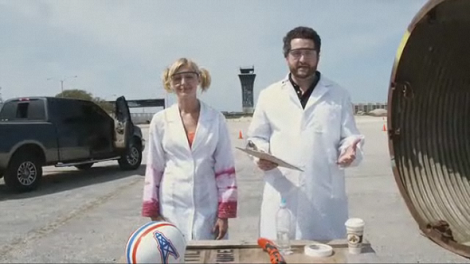[youtube=http://www.youtube.com/watch?v=KW0cFk9d-P0]
[Lozzless] has a steady hand and plenty of confidence in his hacking skills. The video above is worth watching for the full eight minutes. In it you’ll see him convert a lens into what he calls a SuperMacro lens with a working aperture. The process involves fashioning a connector ring from a lens cap, modifying an Electro-focus lens mount, and assembling the parts to do his bidding. We don’t have the photography background to fully understand what he’s doing here, but we can appreciate the process, and the results are shown at the end of the clip.
[Thanks TommyC]
















